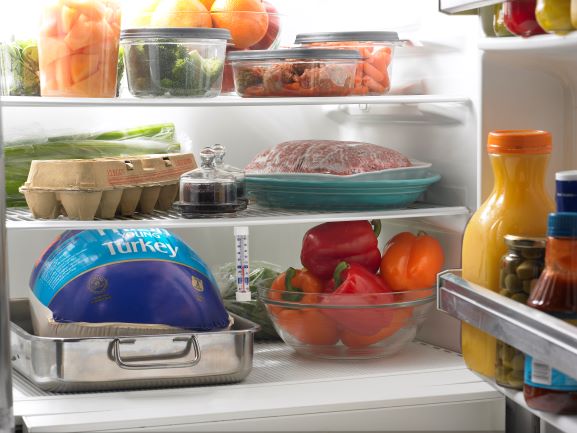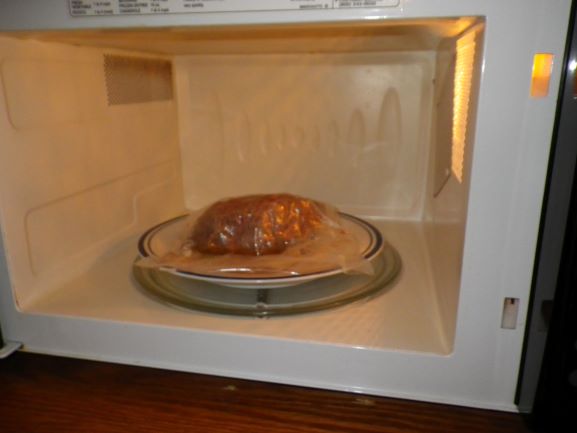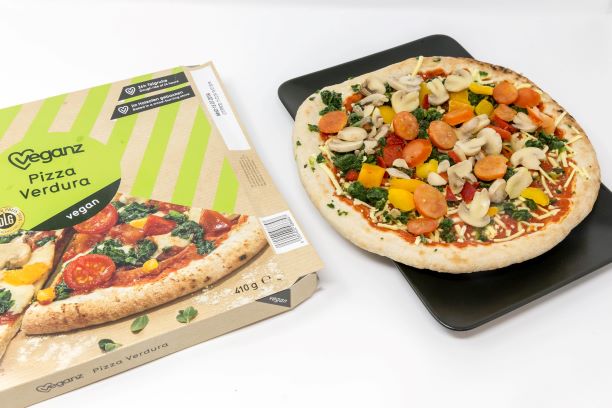Thawing food is not the seemingly simple approach that people adopted back in the day. Thawing frozen food takes time, patience, and a few helpful tricks.
For my family, thawing meant throwing a towel over the frozen item in the morning and sticking it by the kitchen sink, then keeping an eye on everything until it was thawed enough to refrigerate (or cook). Today, this is generally frowned upon, considered unsafe food-handling.
How frozen food is brought back to cooking-existence is an important part of making dinner safely and deliciously. Just because you forgot to pull that frozen meat from the freezer doesn’t mean you have to wait hours to prepare it.
The following list puts popular thawing methods into order while debunking some ‘conventional wisdom’ along the way. Here are five ways to thaw your frozen food, some may be familiar while others might challenge your prior understanding of how to deal with frozen items.
1. Freezer to Refrigerator Thawing

According to the American Food Safety Information Service, “when thawing frozen food, it’s best to plan ahead and thaw in the refrigerator where it will remain at a safe, constant temperature — at 40 °F or below.”
Planning ahead is the most important thing to remember for using this method, and the place most people fall short (I can be guilty of poor planning, or sometimes held to ransom by my children’s iffy taste buds).
Poultry, seafood, and pre-sliced cuts such as stir fries or casserole meat lasts 1-2 days after thawing, while full cuts of red meat and pork can stay for 3-5 days.
Freezer-to-refrigerator is the ONLY method I would consider thawing fish or seafood, and even here I would take great caution with the approach.
Unless it’s a large whole fish, I’d make the argument that you can find a suitable method to cook most sea creatures effectively while still frozen (or better yet, eat it fresh if you can).
Food thawed in the refrigerator may be frozen again for use later, but it’s not the way to go as far as I’m concerned. If it’s thawed, eat it as soon as you can!
2. Cold Water Thawing

Quicker than the refrigeration method but more labor-intensive, cold water thawing comes in really handy when you remember your main ingredient is in the freezer moments before you start dinner preparation!
There are two ways you can cold water thaw:
1. Running under a cold water tap continuously for as long as needed (which is a horrible waste of water)
2. Submerging your frozen package in cold water, then replacing the water every 20-30 minutes until defrosted.
As a good citizen, I highly recommend avoiding the first option. If you’re doing a number of things in the kitchen to prepare dinner, it’s pretty easy to keep an eye on the process and keep it moving along. Your plants can be watered with the water you no longer need.
One thing to note: make sure whatever you are defrosting is sealed, either trussed up in a bag, zip-locked, or in the original packaging (provided its water resistant). Water can compromise the quality and taste of your food, but may also allow harmful bacteria in if there are leakages.
3. Microwave Thawing

Back in my university days my best friend and I blew up a succession of microwaves trying to defrost and re-heat different foods. The last time that it happened, we were encouraged to take some intensive lessons regarding kitchen safety.
Needless to say, I’m not a huge fan of microwave defrosting, and treat the process as a last resort, despite it being considered an appropriate method of thawing food.
Also, I don’t like the way things smell when defrosting via the microwave, although that may be just my sense of smell. And let’s face it – you don’t need more than the one minute button anyway!
If you do go for the microwave thawing method, then you will need to cook your food immediately afterwards, as meat, in particular, has a tendency to cook in patches while it’s defrosting this way and can’t be safely refrigerated.
4. Defrosting Food As Part of The Cooking Process

There are plenty of foods that you can cook from frozen (some are designed to be cooked or reheated this way), with directions on the packaging instructing you how to do it safely and effectively.
While it’s much tougher to successfully thaw food while cooking when it’s not designed to happen, it can be done, via your oven.
When oven cooking make sure that you allow a lot more time to cook than you would otherwise, and a lower initial temperature is highly recommended.
If cooking from frozen using your microwave, air fryer, or instant pot, it’s important to get some advice until you are comfortable, or be prepared for some trial and error.
It’s also important to make sure that you check the internal temperature of the food before serving to avoid potential pitfalls in the process that leave your reheated meal uncooked.
5. Countertop Thawing

In contemporary kitchens countertop thawing is not recommended, but for many people a lifetime of experience means it will probably happen anyway.
I’ve given up trying to tell my mother to do it differently, and it’s not worth getting rapped with a wooden spoon and being punted from the kitchen.
If you are thawing items such as bread, pastries, or other non-meat products on your countertop, there’s a limit to the damage you may incur using this method, however it’s best to steer clear from meat and poultry defrosting entirely.
Conclusion
It’s clear that taking the time to transfer your items from the freezer to your refrigerator is the best method of defrosting food, although you can’t always plan accordingly.
There are other methods at your disposal, just make sure to limit the risk of spoiling your food or having water ruin its taste and effectiveness.
Under no circumstances should you defrost food in warm or hot water, that’s a bacteria-filled food nightmare waiting to happen.













